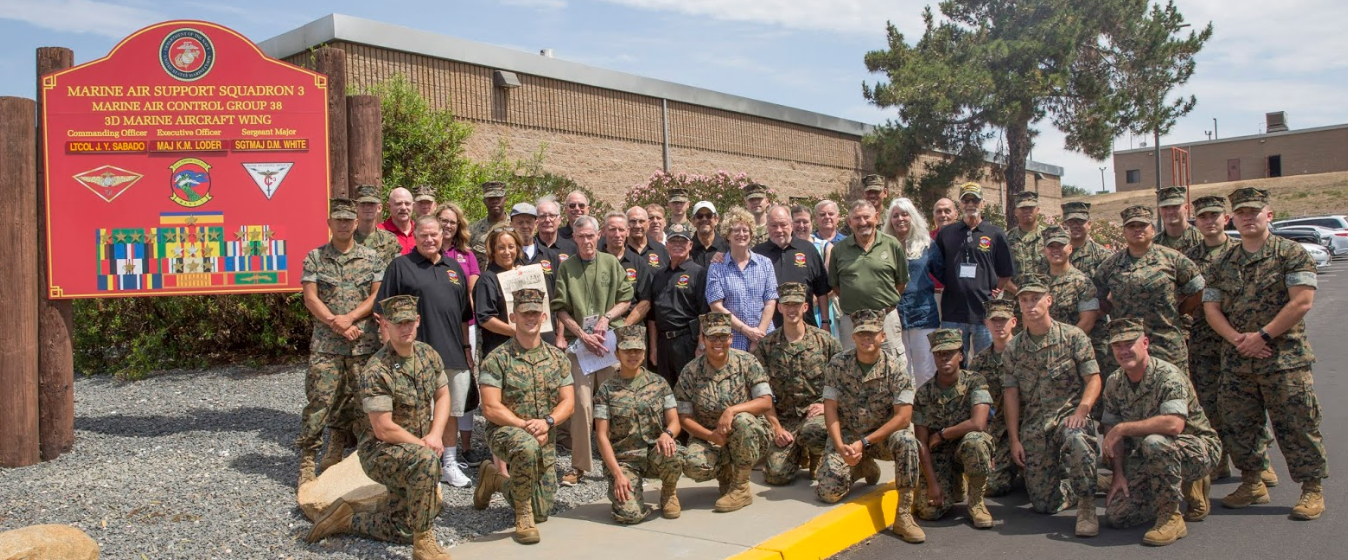Interesting discussion of the use of drones.
Hellfire, Morality and Strategy

Stratfor
By George Friedman
Founder and Chairman
Founder and Chairman
Airstrikes by unmanned aerial vehicles have become a matter of serious dispute lately. The controversy focuses on the United States, which has the biggest fleet of these weapons and which employs them more frequently than any other country. On one side of this dispute are those who regard them simply as another weapon of war whose virtue is the precision with which they strike targets. On the other side are those who argue that in general, unmanned aerial vehicles are used to kill specific individuals, frequently civilians, thus denying the targeted individuals their basic right to some form of legal due process.
Let's begin with the weapons systems, the MQ-1 Predator and the MQ-9 Reaper. The media call them drones, but they are actually remotely piloted aircraft. Rather than being in the cockpit, the pilot is at a ground station, receiving flight data and visual images from the aircraft and sending command signals back to it via a satellite data link. Numerous advanced systems and technologies work together to make this possible, but it is important to remember that most of these technologies have been around in some form for decades, and the U.S. government first integrated them in the 1990s. The Predator carries two Hellfire missiles -- precision-guided munitions that, once locked onto the target by the pilot, guide themselves to the target with a high likelihood of striking it. The larger Reaper carries an even larger payload of ordnance -- up to 14 Hellfire missiles or four Hellfire missiles and two 500-pound bombs. Most airstrikes from these aircraft use Hellfire missiles, which cause less collateral damage.
Unlike a manned aircraft, unmanned aerial vehicles can remain in the air for an extended period of time -- an important capability for engaging targets that may only present a very narrow target window. This ability to loiter, and then strike quickly when a target presents itself, is what has made these weapons systems preferable to fixed wing aircraft and cruise missiles.
Read more: Hellfire, Morality and Strategy | Stratfor














